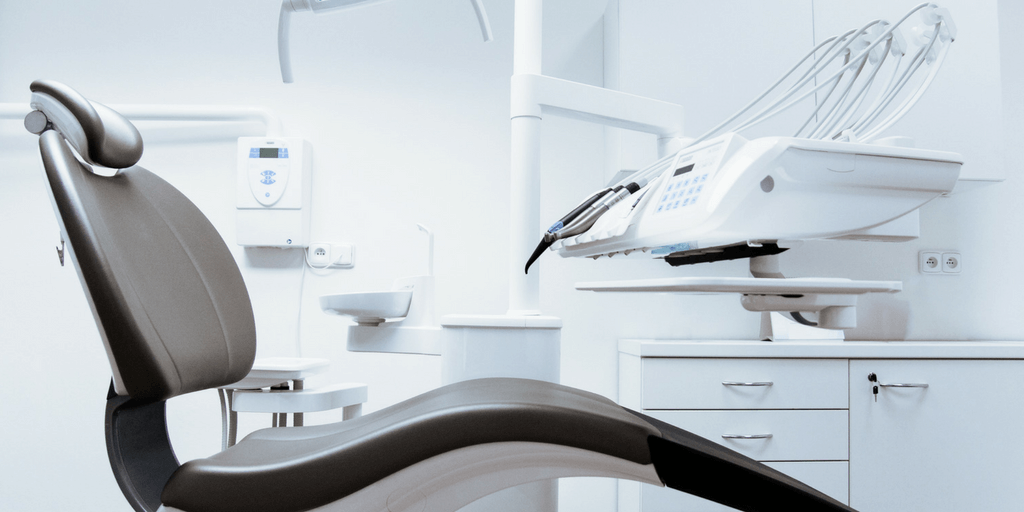It shouldn't come as a surprise that the most common method of managing patient flow management is appointments.
It does come as a surprise how inefficient of a method appointments are — especially when compared to a queue management system.
Just think about it — the average wait time until you see a doctor is 18.5 days. Almost three weeks of waiting, and that's only average.
Why hospitals should ditch appointments and what's the alternative?
Let's find out below.
There's No Good Way to Use Appointments
Appointments are flawed when it comes to patient flow management.
They should work on paper, but the reality is often quite different from what we have in mind. The biggest issue by far is the human factor. Appointments can exacerbate the long waiting problem in cases when:
Patients are late.
Patient visit takes longer than anticipated.
Patient doesn’t show up.
Patient has an emergency but no immediate appointments are available.
Simply put, patients don’t behave the way we would like them to.
The whole point of using appointments is to reduce unpredictability, yet patients remain unpredictable. This alone makes walk-ins a preferred option.
Our thinking is different, though. In our mind, walk-ins are random and chaotic — and, to some extent, they are.
That is, unless you use a queue management system to automate the process of handling walk-ins.
Why Use a Queue Management System for Hospitals

Healthcare is a delicate industry. There’s a lot of one-on-one interaction with your patients — your de-facto customers.
One could argue that patients are one step above customers in this sense. The service you provide is more important and, in some cases, even life-saving.
Which doesn't make it a surprise that people are jittery when it comes to trusting somebody with their health. Healthcare, like no other industry, could stand to benefit from top-notch customer experience.
Bottom line is, making your patients feel safe and happy should be your priority number one.
QMS Provides Data You Can Use to Improve Customer Experience
The first step to improving customer experience is to ask the right questions.
One of the most important advantages of using a QMS is the data it collects for you. Without any setup or additional effort, you get highly relevant insights into your hospital.
What causes the most unhappiness in your patients?
Are they feeling angry or frustrated? If so, why?
How long do they have to wait to be served?
These questions are on every doctor's mind, but with the right data you can finally get answers.
Data-driven businesses take decisions based on numbers alone. As a hospital, you don’t have this luxury. You are dealing with real human beings and their problems.
But even though you can’t be 100% data-driven, you can be data-informed.
How can you use data in your hospital?
For starters, patient flow management is not as unpredictable as you might think. Take, for instance, how French hospitals use the open-source Trusted Analytics Platform:
At four of the hospitals which make up the Assistance Publique-Hôpitaux de Paris (AP-HP), data from internal and external sources – including 10 years’ worth of hospital admissions records has been crunched to come up with day and hour-level predictions of the number of patients expected through the doors.
Surveys and direct patient feedback is one part of the puzzle. Combine that with in-depth footfall analytics, and very soon you’ll be optimizing every step of the customer experience.
Having statistics about your service will also help you to make any time the best time to visit your hospital.
Queue Management System is Easy to Use

When there’s large staff involved, any change is met with inertia.
First, you have to convince your employees that a new system is actually going to help. Then comes a long and elaborate process of training.
On a personal level, people rarely like changes, especially when it means they need to forget and relearn some things. The familiarity of existing tools feels safer, even if this is a false sense of security.
That’s where Qminder comes in.
There are no hoops to jump through before your customers and employees can start using it. The entire user experience has been designed to keep things simple and intuitive, without compromising the efficiency.
All Qminder systems are built using a completely wireless, modular system, too.
Customers can use an iPad to sign in while your employees receive and process this information on laptop or desktop computers. In short, everyone is given as much information as they need to turn their hospital experience into a good one.
Investing time and money into lengthy training can drain resources as much as motivation of your staff. A proper QMS can help you save both.
Bonus: 25+ Best Patient Queuing Software
Tokens are Obsolete
A common business wisdom is that customers expect individual attention.
While retail has been quick to embrace the values of a good customer service, hospitals lose out by not personalizing their patients' experience.
No patient wants to be referred to by a token number. Simple psychology, but somehow healthcare still hasn’t quite wrapped its head around it.
But how important can this point be?
Well, a recent study found evidence that hearing one’s name activates unique brain functioning. By calling your patients by their name, you're not only building a connection, you're improving their life.
And after all, this is what healthcare is all about, right?
We’ve already discussed how long hospital times are the result of both actual and perceived wait time. By telling patients exactly where they are in the queue and by referring to them with their names, you can improve customer experience tremendously.
Additionally, self-registration gives patients a sense of agency. This not only improves their own experience, but also reduces the burden on your administrative staff.
A good patient experience is a win-win scenario for everyone involved.
Great Experience Brings More Patients

It goes without saying that customer experience is key to a successful business. When talking about the benefits of customer experience, we usually focus on the following:
The expensive process of acquiring a new customer is wasted if they leave unhappy.
It’s cheaper to retain existing customers than acquire new customers.
Brand loyalty increases the lifetime value of a customer exponentially.
However, there’s an added benefit to great customer experience — word-of-mouth marketing. You may not have heard the term, but I'm sure you have experienced it.
The thing is, a vast majority of patients choose their hospital based on recommendations from peers and family. This was one of the conclusions in a scientific healthcare paper that analyzed 29 articles:
Due to increasing competition between providers of healthcare services and new forms of online communication, the word-of-mouth concept will gain importance.
People seek validation and second opinion even when it comes to brand of clothes they're wearing. But when it concerns something as vital as their health, people are even more eager to get recommendation.
Keeping everything above in mind, this is the flow your hospital should be following:
Implement a queue management system to manage patient flow.
Reduce patient wait time.
Provide an amazing customer experience thanks to reduced wait time and other benefits of a QMS.
Enjoy an increase in patient inflow due to recommendations by satisfied patients.
Repeat the cycle by providing a great experience.
The takeaway: A great business is one that markets itself. By focusing on providing great service, you are automatically investing in marketing your hospital through word of mouth. Take a look at how one dentistry achieved a 45% referral rate via word-of-mouth.
Queue Management System: Making Hospitals a Better Place for Everyone
Despite what you may think, embracing the patient-first values and becoming a great medical service provider is not so difficult. What we propose is a simple, three-stage plan:
Get rid of appointments.
Improve the walk-in experience using a queue management system.
Use the data gathered with QMS to optimize customer service and delight patients.
There is another stage to this plan, but it only occurs once you fulfill the previous three:
Enjoy the increase in patients and their satisfaction level.
A queue management system does more than manage your visitors — it shows how you care about their experience.
Sign up for a 14-day free trial of Qminder now to get your patients the experience they've always wanted.






